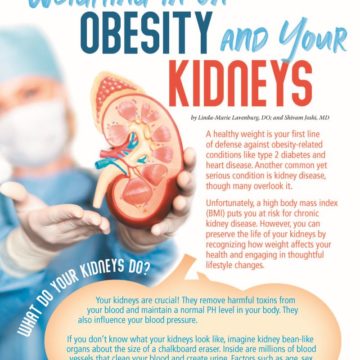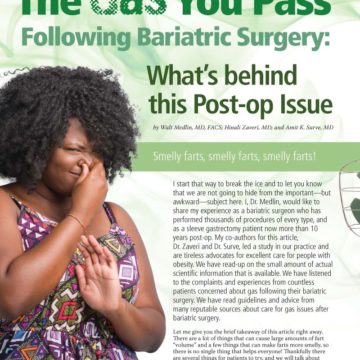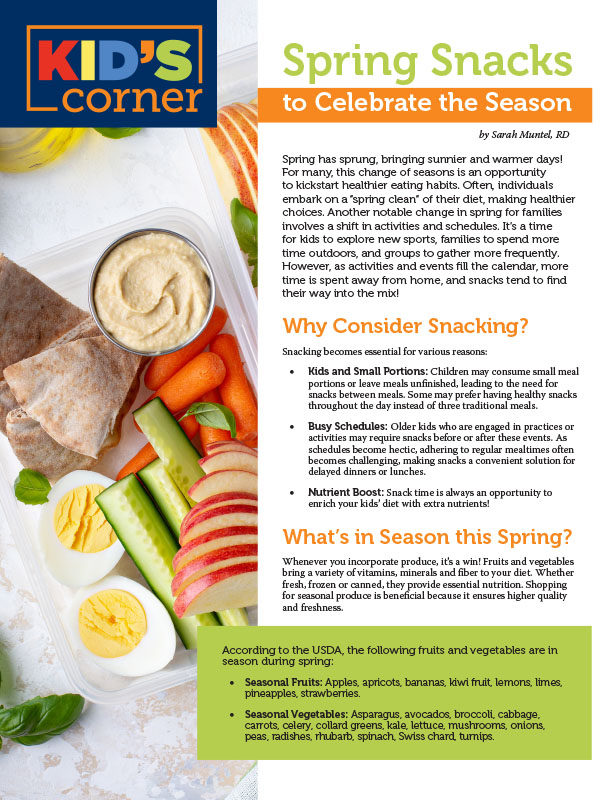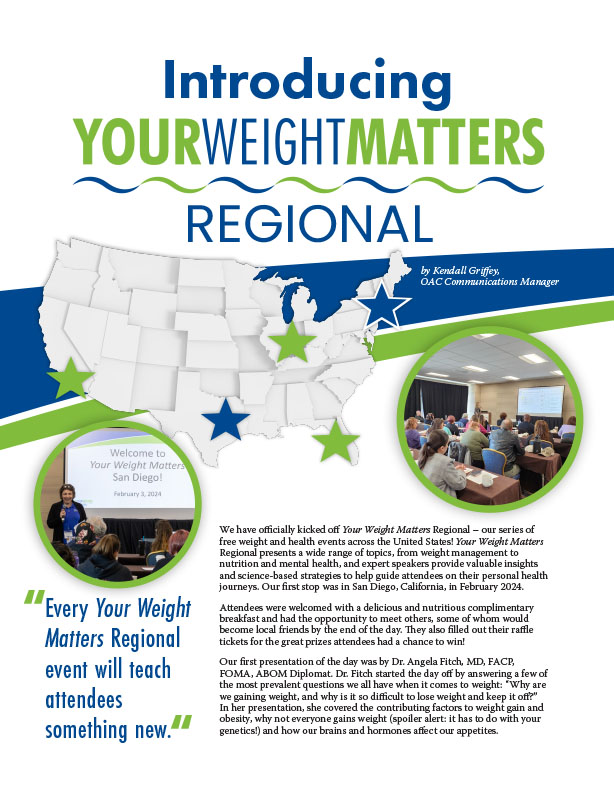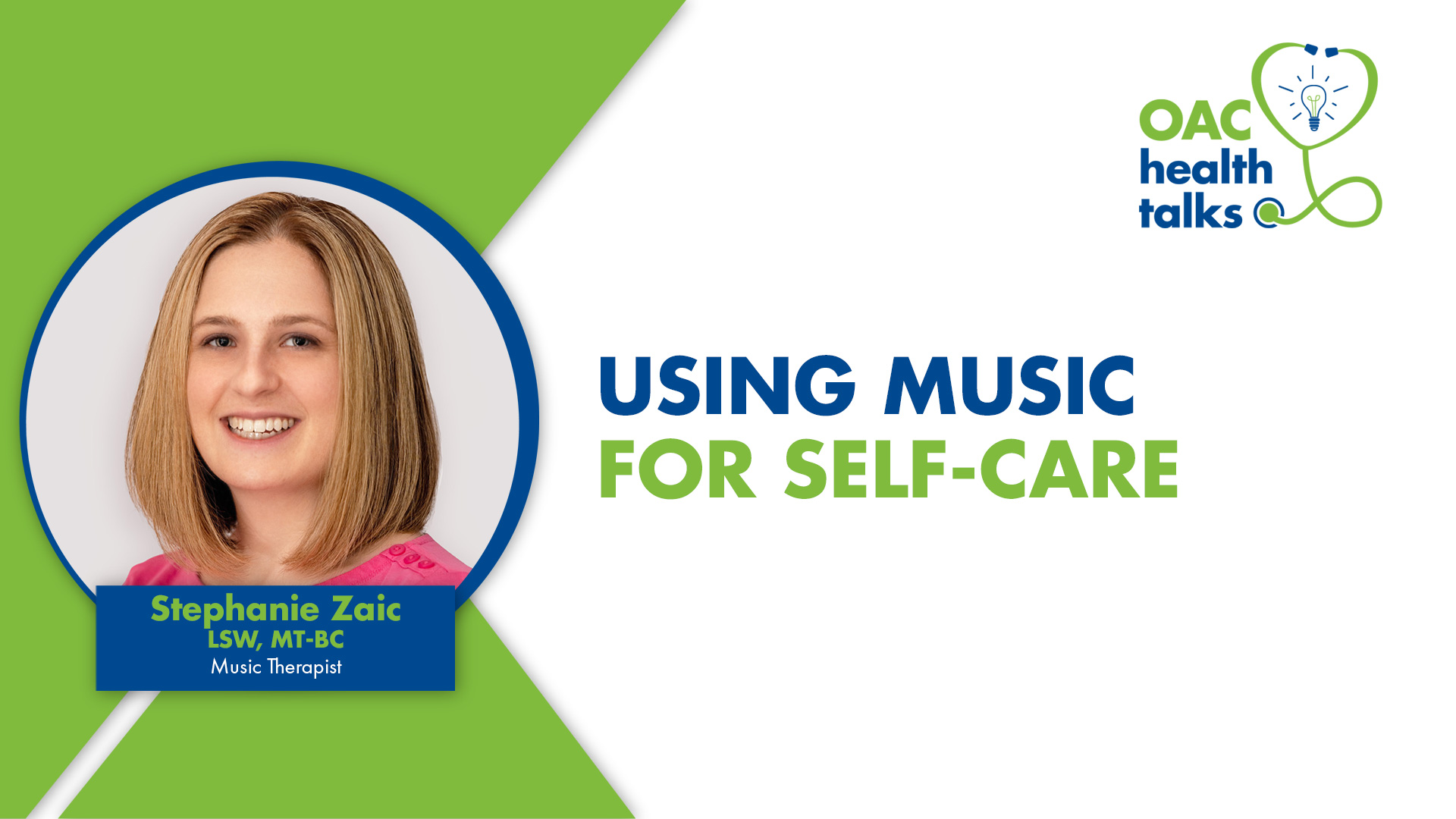NAVIGATING Portion Control: Finding Your Way to Understanding Hunger and Fullness Signals

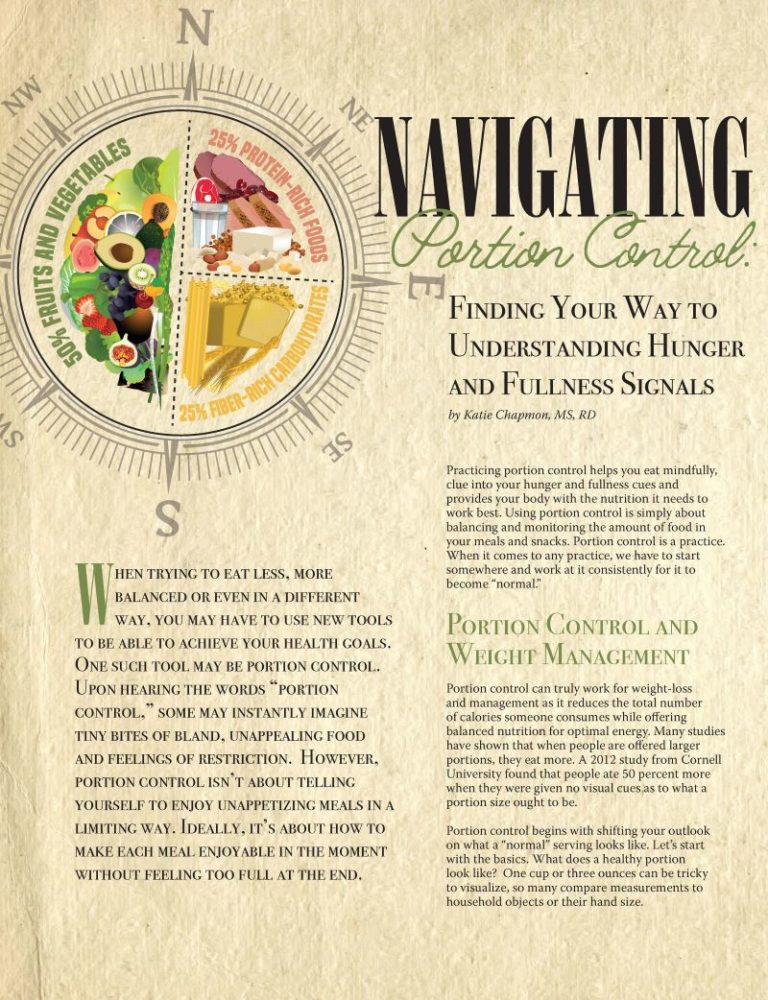
by Katie Chapmon, MS, RD
Spring 2019
When trying to eat less, more balanced or even in a different way, you may have to use new tools to be able to achieve your health goals. One such tool may be portion control. Upon hearing the words “portion control,” some may instantly imagine tiny bites of bland, unappealing food and feelings of restriction. However, portion control isn’t about telling yourself to enjoy unappetizing meals in a limiting way. Ideally, it’s about how to make each meal enjoyable in the moment without feeling too full at the end.
Practicing portion control helps you eat mindfully, clue into your hunger and fullness cues and provides your body with the nutrition it needs to work best. Using portion control is simply about balancing and monitoring the amount of food in your meals and snacks. Portion control is a practice. When it comes to any practice, we have to start somewhere and work at it consistently for it to become “normal.”
Portion Control and Weight Management
Portion control can truly work for weight-loss and management as it reduces the total number of calories someone consumes while offering balanced nutrition for optimal energy. Many studies have shown that when people are offered larger portions, they eat more. A 2012 study from Cornell University found that people ate 50 percent more when they were given no visual cues as to what a portion size ought to be.
Portion control begins with shifting your outlook on what a “normal” serving looks like. Let’s start with the basics. What does a healthy portion look like? One cup or three ounces can be tricky to visualize, so many compare measurements to household objects or their hand size.
A rough guide for each meal is:
- Protein Foods (meat, fish, poultry or beans): One palm-sized portion for women or two palms for men. A palm size is about the same as a deck of cards.
- Vegetables and Salads: A fist-sized portion for women and two fists for men. A fist is also compared to a tennis ball.
- Carbohydrate Foods (whole grains and starchy vegetables): One cupped-hand is a portion for women and two for men. A cupped hand is equal to a half of a tennis ball.
- High-fat Foods (butter, oils and nuts): One thumb-sized portion for women and two for men. A thumb size is also referred to as two dice.
Another option for visualizing portion control is to divide your plate into portions of ½ vegetables, ¼ protein and the remaining ¼ healthy carbohydrates.
Portion Control and Mindfulness
Mindfulness not only helps you become aware of what you put on your plate, but also how you eat and how you recognize cues for hunger and fullness. These cues can often be missed if we eat too quickly. Slowing down and taking a moment to savor each bite can help you enjoy the meal more and recognize these important cues. If you’re afraid you might not have those cues, using portion control can help you find and follow them.
Part of a mindful eating practice is to eat in a peaceful and attentive space. That means not eating when you are hurried and eating at a table or space without distractions. Eat slowly and deliberately, savoring each bite. Food seems to be more satisfying when it is eaten without rushing and you can pay more attention to your body’s natural cues. Fullness signals are released after about 20 minutes of eating. When people eat very quickly, they are more likely to eat more than they need (or possibly want) by not allowing their body a chance to tell their brain that they are full.
Mindfulness: How Do You Begin?
First, make sure your brain can visualize different portion sizes. You can do this by getting out your measuring cups before you prepare or plate your food so you aren’t just trying to guess. Another option is to use containers or plastic baggies that are sold in grocery and home stores that are pre-measured—some with portioned compartments like a Bento box and others color-coded for the size and type of food.
You can also try switching out the color and size of your plate. A small plate can lead you to eat smaller portions, but the color of that plate may also make a difference. People eating from a colored plate, especially a soothing color, have been found to eat slower and recognize fullness cues. However, you should also know that a larger plate can be used in your favor. It’s really tough to make a fulfilling salad on a small plate, so if there is an abundance of vegetables – choose the larger plate instead.
What Do I Do When I’m Out to Eat?
Restaurants are famous for serving portions larger than we need. As soon as your plate is set in front of you, divide the serving in half and ask your server to wrap up the other half for you to take home. Doing this right away often helps to make something out of sight, out of mind. You may also choose to share your food with a friend and “serve” yourself on another plate or ask for the food to be split in the kitchen for more balanced portions. You may even want to consider ordering from the appetizer or the children’s menu to ensure a smaller size. Or request that a bread basket not be brought to your table if you think that having one in sight would be tempting or make portion control more difficult.
Other Important Thoughts to Consider:
Hydration: Don’t forget to drink water! Water improves digestion and can help you feel full.
Start Small: To keep your body’s hunger and fullness cues in check, start with less food on the plate. Once you’ve finished, wait 10-20 minutes before going back for more. This will give your body time to recognize whether it’s actually still hungry.
Cut-up Your Food: It may sound silly, but this is a helpful visual! When you chop up what you have plated (a chicken breast and a sweet potato for example) it takes up more space on your plate, which can be more visually satisfying.
Set Down Your Fork: While eating, pause between bites by setting down your fork. It allows you to slow down and to notice fullness cues.
Conclusion
Practicing portion control emphasizes the big picture. It’s not a diet, it’s a practice (and a lifestyle, too)! Learning to moderate portion sizes will let you feel your best after eating and through the day. Start with focusing on one meal a day. Focus on the portions while preparing and plating your meal and then take the time to eat mindfully. Notice how these changes make you feel at different times throughout the day. Taking the first step towards developing your personal wellness habits will allow you to find your best self.
About the Author:
Katie Chapmon, MS, RD, is a Los Angeles based Registered Dietitian specializing in the field of metabolic surgery and weight management since 2008. She currently works with individuals at Your Life Nutrition practice in Pasadena, California. Katie is the recipient of the 2018 Academy of Nutrition and Dietetics (AND) Weight Management Excellence in Practice Award. Throughout her years in this field, she has presented on various subjects at national conferences and for several societies surrounding weight management and metabolic surgery. She plays active roles on committees with the American Society of Metabolic and Bariatric Surgery and AND Weight Management Dietetic Practice Group.
by Sarah Muntel, RD Spring 2024 Spring has sprung, bringing sunnier and warmer days! For many, this…
Read Articleby Kendall Griffey, OAC Communications Manager Spring 2024 We have officially kicked off Your Weight Matters Regional…
Read ArticleDid you know that stress can have an impact on weight? Many people increase their food intake…
View Video




